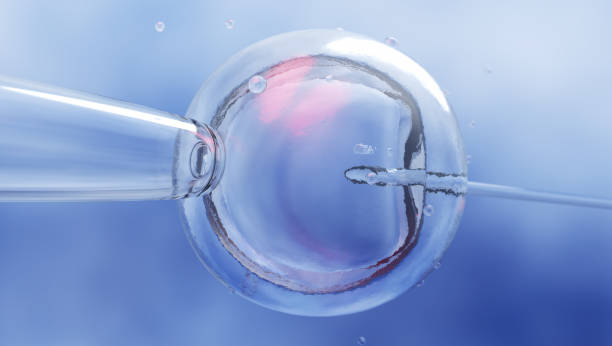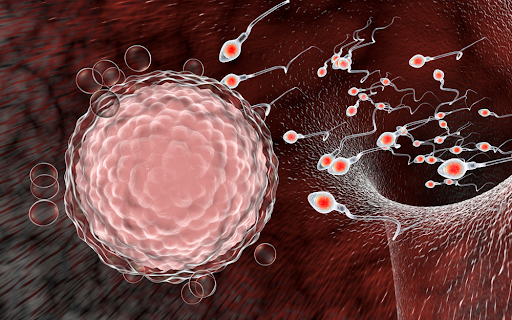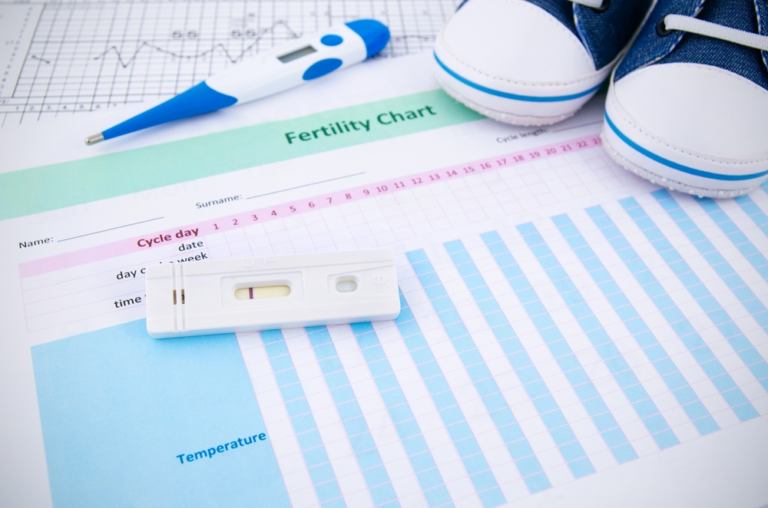What is a Cryobank?
When one gets into research or considers freezing eggs or tissues for several reasons, the first question to ask is what is a cryobank, sometimes. A cryobank is a facility capable of extracting and storing different organic materials and tissues. These tissues are usually stored for future use. They are stored at temperatures that keep the cells in a stable state, preventing them from damaging themselves or changing from their initial state. While the general assumption is that the tissues stored in cryobanks are ‘frozen’, that is inaccurate as ice crystals that form during freezing can damage sensitive tissues. Scientists try not to freeze tissue samples but cool them; this is why cryobank tissues are referred to as preserved rather than frozen.
How does a Cryobank work?

The first step to preserving tissues in cryobanks is the collection of tissue samples. This procedure is usually not invasive. After the collection they are then transferred into special vials, which are then cooled with liquid nitrogen or solid carbon dioxide, depending on the type of tissue being preserved.
Cryobanks are careful when cooling tissues because different tissues have different responses to different temperatures and cooling rates, some tissues become damaged when subjected to a rapid cooling rate. After the tissue has been preserved through cooling, it is then stored at that temperature. The cooling or preservation ensures that there is no bacterial, metabolic, or microbial activity in the tissues, leaving them in a state of stasis and never being contaminated. This means that the tissues can be stored indefinitely in this state, and still be healthy and effective in their use after they have thawed. The complete stepwise procedure of using a cryobank is as follows:
- Harvesting of material – Some of the criteria that are considered when selecting genetic material are morphology, volume, density, genetic material with no damage, etc.
- Addition of a cryo-protectant – Agents like glycerol, salts, sugars, etc., are added to samples because it reduces the freezing point of the medium and also allows a slower cooling rate which reduces the risk of crystallization.
- Freezing – There are different methods of freezing for different types of cells and genetic material. This is to prevent their damage and cell death from their exposure to the cryo-protective agent.
- Storage in liquid nitrogen – The cryopreserved samples are then stored in the extreme cold of -80 degrees Celsius before being transferred to storage vessels.
- Thawing – This is the process of warming the biological sample, in a manner that controls the rate of cooling to prevent cell damage that can be caused by crystallization.
What tissues can be stored in a cryobank?
A cryobank can preserve many tissues, including:
- Tissue samples like skin samples
- Sperm cells
- Oocyte or egg cells
- Stem cells
- Blood samples
- Embryos
Cryobank technology does not yet have the capacity or capability to store whole organs like the liver, heart, kidneys, or lungs; they work best with preserving one cell or a small group of cells. Scientists are also continuously discovering new methods of preservation, with research aimed at being able to eradicate diseases with the help of stored tissues or cells.
What are the advantages of cryobanks?
Some advantages of cryobank technology include:
- It boosts the efficiency and success rates of assisted reproductive technology by enabling all extracted cells and embryos to be stored indefinitely for future use.
- It allows individuals that are losing their fertility to extract and preserve their reproductive cells and conceive with them in the future.
- Minimal space is needed for the preservation.
- Minimal labor is also required for preservation.
- Once preserved, there is no change or contamination of the tissue.
- It prevents genetic drift by preserving gametes and embryos.
- It can help safeguard the germplasm of endangered species.
How can cryobank technology be used?
While the general assumption is that cryobanks can only be used for storing genetic materials and in assisted reproductive technology, they can be used in a wide array of situations. Some of these instances include:
Health
Cryobank storage has a use in the cure of diseases, in an advancement referred to as bio-insurance. This is where individuals can store their stem cells in cryobanks. Stem cells are the building blocks of all parts of the body. They are non-specialized, which means they can eventually develop into any cell in the body. These cells can then be thawed when the need arises and be used should any of the individual’s functional cells become damaged or gets old and worn. Young stem cells can also be harvested and stored at any age. They can also be used to heal damaged skin, bones, capillaries, etc. The preservation of these cells in a cryobank can help to ensure a better recovery for an individual from illness or even injuries.
Assisted reproductive technology
Cryobanks influence the future of fertility and surrogacy. The indefinite preservation of eggs, sperm, and embryos can be very important in fertility treatments and IVF procedures. Storage can help in the case where more than one attempt is needed for the procedure or in the case where the patients want more pregnancies after previous successful ones.
The storage ensures that the effort and stress required like egg extraction and fertility treatments are bypassed. The preservation can also aid in the screening of embryos before implantation, ensuring that there is no damage or change in the embryos during the screening. Cryobanks can also provide assurances for individuals that want to postpone starting a family. The preservation of genetic material like sperm, eggs, and even embryos can allow couples to decide with greater certainty or assurance when having a child will be convenient for them, because the preserved genetic material does not degrade or change.
Preventative medicine
The storage of healthy genetic material from individuals facing life-changing situations like vasectomy or tubal ligation can help generate assurances in case of a future change of mind. It will help assure them that the genetic material will be there in the instance that any future occurrence causes them to rethink their choices.
The information provided in this blog is for educational purposes only and should not be considered as medical advice. It is not intended to replace professional medical consultation, diagnosis, or treatment. Always consult with a qualified healthcare provider before making any decisions regarding your health. Read more







